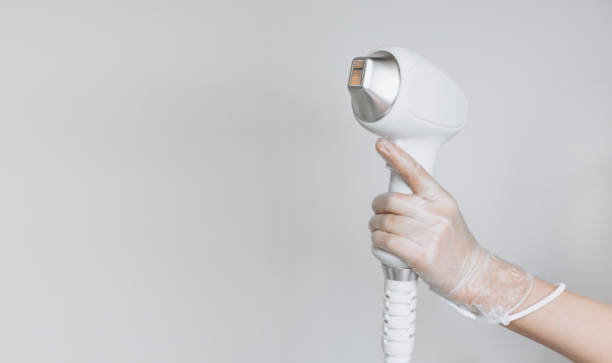Here are some general “don’ts” to keep in mind after laser hair removal:
- Don’t expose the treated area to sunlight or tanning beds: Your skin may be more sensitive to UV rays after laser hair removal, so it’s important to avoid sun exposure for at least two weeks after your treatment. If you must go outside, make sure to use a broad-spectrum sunscreen with SPF 30 or higher.
- Don’t apply any irritating products: Avoid using any products that can irritate the treated area, such as scrubs, exfoliants, or harsh chemicals. Stick to gentle, fragrance-free products.
- Don’t shave the treated area: While you may be tempted to shave the treated area to get rid of any hair that’s left, it’s important to let the hair fall out naturally. Shaving can irritate the skin and cause ingrown hairs.
- Don’t pick at or scratch the treated area: It’s important to avoid picking at or scratching the treated area, as this can increase the risk of infection or scarring.
- Don’t engage in activities that cause excessive sweating: Avoid activities that can cause excessive sweating, such as hot yoga or heavy exercise, for at least 24 hours after your treatment.
- Don’t wear tight clothing: Avoid wearing tight clothing that can rub against the treated area, as this can cause irritation and discomfort.
Overall, it’s important to follow your technician’s specific aftercare instructions to ensure that you get the best results from your laser hair removal treatment.

Can I shave 2 days after laser hair removal?
Yes, you can shave 2 days after laser hair removal, as long as your skin is not irritated or overly sensitive. Shaving is actually recommended because it removes hair at the surface without affecting the hair follicle, which is the target of the laser treatment.
Here are some tips to keep in mind:
- Check for Sensitivity: Ensure your skin has healed from the treatment. Avoid shaving if you notice redness, swelling, or irritation.
- Use a Clean Razor: Minimize the risk of infection by using a new or thoroughly cleaned razor.
- Avoid Irritating Products: Skip products with alcohol or fragrances to prevent irritation.
- Moisturize: Apply a gentle, non-comedogenic moisturizer after shaving to soothe your skin.
If you’re unsure or have unusual side effects, consult your laser technician or dermatologist for advice.
How long after laser hair removal can I shower?
Does hair fall out after first laser treatment?
Typically, multiple laser hair removal treatments are needed to achieve optimal results, as hair grows in different cycles and some hair follicles may not be targeted during the first treatment session. The number of treatments needed can vary depending on various factors such as skin type, hair color, and the size of the treatment area.
It’s also important to note that after each laser hair removal treatment, the hair that has been targeted may take several days or even weeks to fall out, as the hair follicles gradually become damaged and the hair sheds. Patience is key when it comes to laser hair removal, and it’s important to follow your technician’s specific aftercare instructions to ensure the best results.
What happens if you don’t shave before laser?
If you don’t shave the area before laser hair removal, the technician may do it for you, or they may ask you to reschedule your appointment. In some cases, they may charge an additional fee for shaving the area.
It’s important to follow your technician’s specific instructions for preparing for laser hair removal to ensure the best results and minimize the risk of side effects. If you have any concerns or questions about preparing for your treatment, it’s always best to consult with your technician or healthcare provider.

How many sessions does laser hair removal take?
The reason multiple sessions are needed is that laser hair removal is most effective on hair follicles that are in the active growth phase, and not all hair follicles are active at the same time. The laser energy is absorbed by the pigment in the hair follicles, which causes damage to the follicle and ultimately results in hair reduction.
Each session is typically spaced 4-6 weeks apart to target the hair follicles that have become active since the previous treatment. The number of sessions needed can also depend on individual factors such as the thickness of the hair, the hormone levels, and the specific area being treated.
It’s important to note that laser hair removal provides long-term reduction of hair growth, but it’s not guaranteed to permanently remove all hair. Some people may require maintenance treatments every 6-12 months to maintain the results. It’s important to consult with your laser hair removal technician or healthcare provider to determine the best treatment plan for your individual needs.
